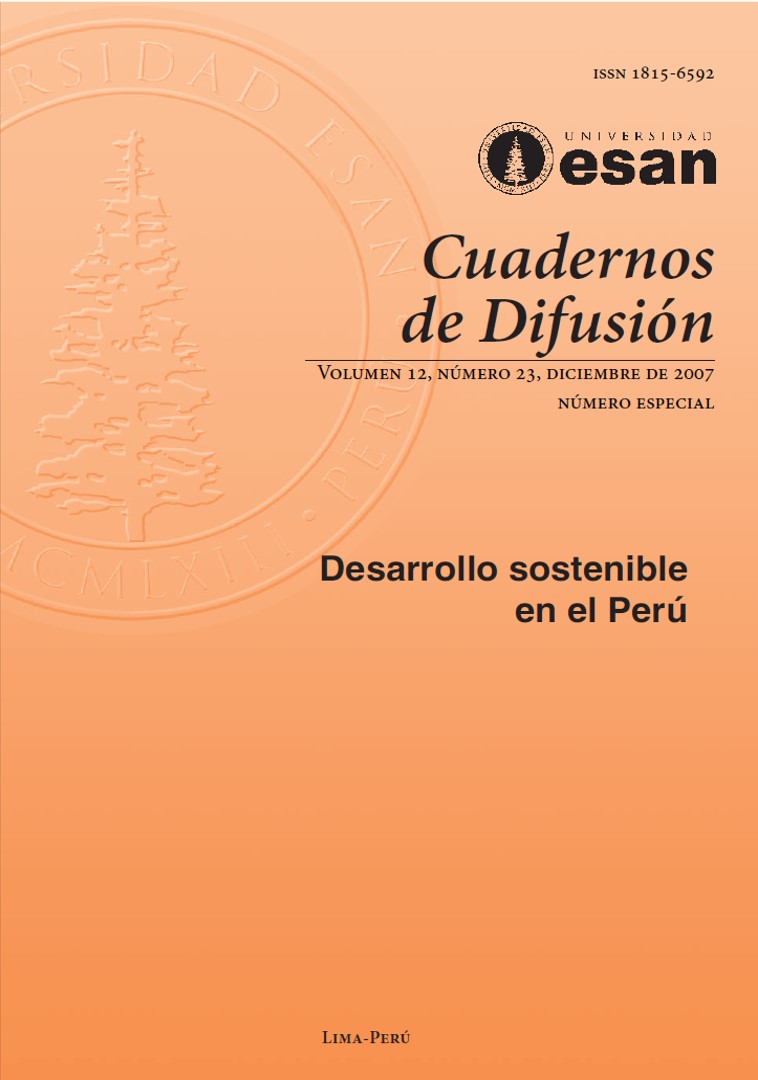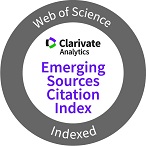Método de las relaciones casuales para la planificación del desarrollo sostenible. Aplicación en pulpochoque
DOI:
https://doi.org/10.46631/jefas.2007.v12n23.08Keywords:
development, sustainability, participationAbstract
The barrires to a society´s sustainable development are typically the result of many problem-cause interactions, which may be of an economic, socio-cultural, technological or political nature. In order to fi nd proper solutions, it is important to differentiate between problem-cause and problemresult relations; only with this method will it be possible to ensure sustainability. The Cause Relation Method is a tool that identifi es causes and consequences starting with the relations between problems. This method may be used to generate participatory decisions that foster the integrated action of a community to address the constraints to its development.
Downloads
References
GALLOPIN, Gilberto. 2004. Los síndromes de sostenibilidad del desarrollo. Buenos Aires: Cepal. Material de Curso Indicadores de Desarrollo Sostenible en América Latina.
. 2006. Los indicadores de desarrollo sostenible: aspectos conceptuales y metodológicos. Santiago de Chile: Cepal. Ponencia para el Seminario de Expertos sobre Indicadores de Sostenibilidad.
RABIONOVICH, Jorge y TORRES, Filemón. 2003. Caracterización de los síndromes de sostenibilidad del desarrollo. Santiago de Chile: Comisión Económica para América Latina.
SOLANO, David. 2003. Cómo planifi car la acción ambiental. Lima: ESAN. Material del curso Gestión Ambiental para el Desarrollo Sostenible Local (no publicado).
Downloads
Published
How to Cite
Issue
Section
License
Copyright (c) 2007 Journal of Economics, Finance and Administrative Science

This work is licensed under a Creative Commons Attribution 4.0 International License.











